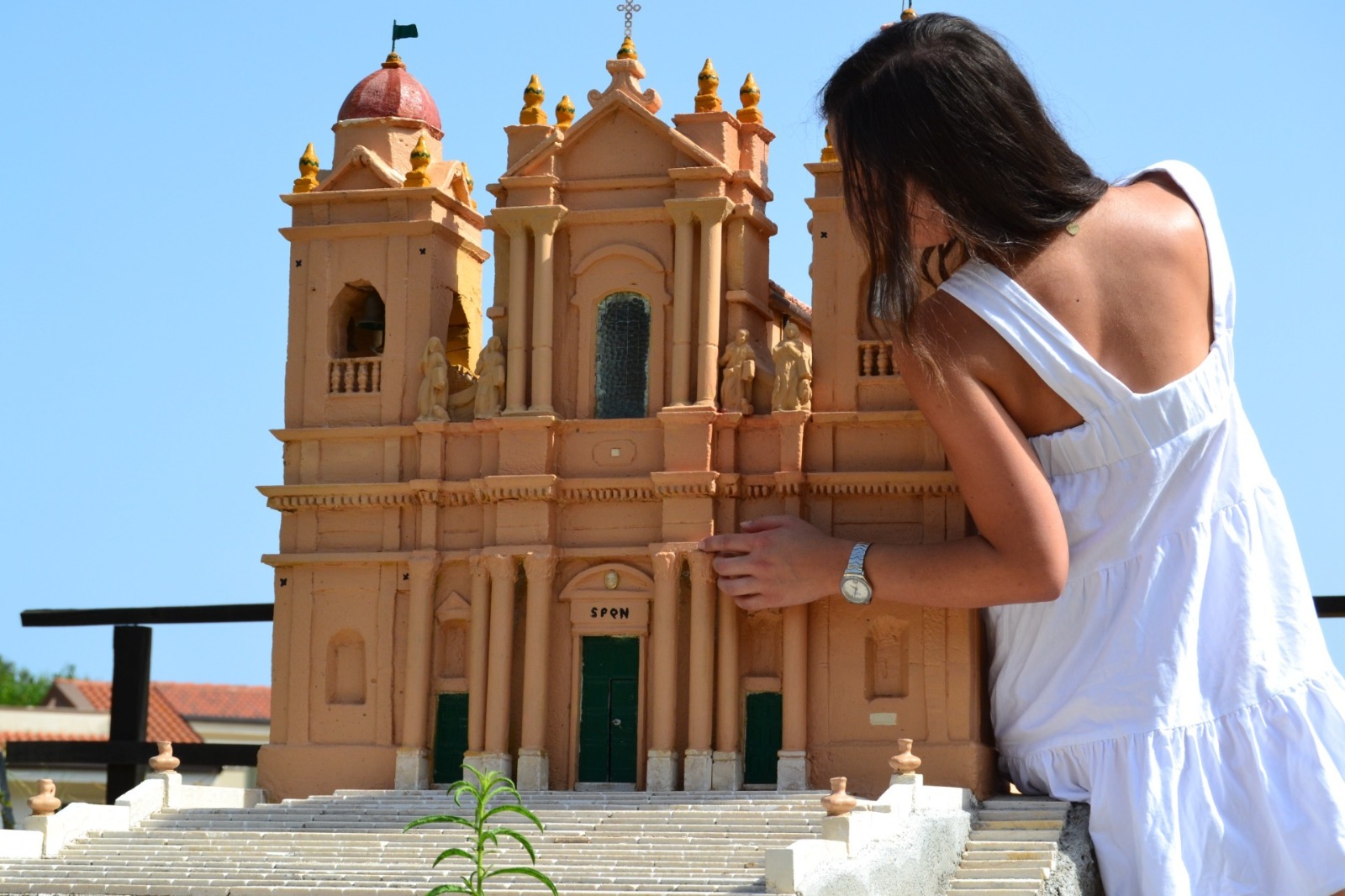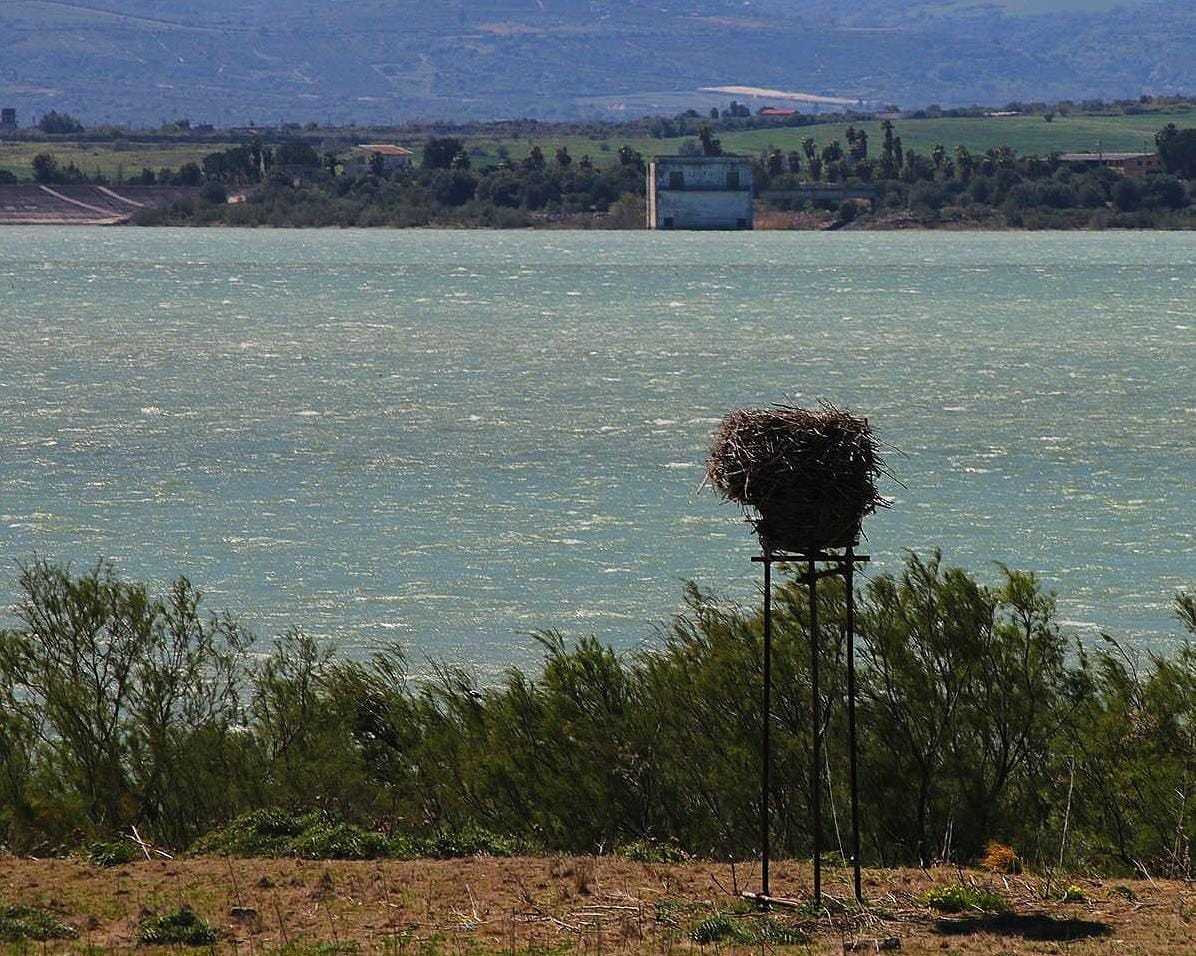The author loved by Sciascia but despised by Sicilians
There are two ways to show love towards Sicily. One, probably the more conventional, is to defend it against the attacks from its critics, replying firmly to those who can’t help but point to its shortcomings, and to proudly declare its inhabitants’ unique character. The other, instead, is akin to a love story marked by hurt, betrayal and bitterness: one that evokes feelings of regret towards the object of affection, that induces the lover to emphasize its imperfections and its contradictions with the noble intent of correcting them, to courageously denounce whatever stands in the way of its growth. Two contradicting attitudes, hardly compatible and destined to misunderstand and, perhaps, hate each other. Leonardo Sciascia, who was harshly criticized for his hard stance against the mafia – and towards those who pretended to oppose it – knew these feelings well. As does another less known Sicilian intellectual who is an equally influential representative of a “Leopard-like” poetic which is easily misread. His name is Sebastiano Aglianò and his artistic and biographical journey was inscribed in a debate that envelops our land to this day.
Sciascia, who felt an affinity with him, summarized masterfully the work that made Aglianò famous: “It is a vanishing Sicily. One that appears to have disappeared beneath tv antennas, cars, furious consumerism, the escape from the countryside, the abandonment of the sulphur mines. But it has not”. Sciascia is referring to What is this Sicily?, an essay by Aglianò, printed in 1945 for the first time (new editions were released in 1950 by Mondadori and in 1996 by Sellerio). An historical, anthropological and psychological study that the writer from Siracusa imprinted on tense pages full of provocations and regret for old problems that had long hindered Sicily’s potential: cronyism, feudal-style abuses, chronic mistrust in progress. These are just some of Aglianò’s complaints, to which he usually added a Sciascia-style motto: “Sicily embodies and accentuates those characteristics which are typical of the whole country”. This remark should be enough to relieve Aglianò from all accusations of an inverted parochialism and to be able to see all the good that our land can maternally nurture despite its inconsistencies. However, it was not enough. Perhaps because his works written with passion and frenzy, as that brief essay was, do not lend themselves to the mediation of half measures. Moreover, maybe because Aglianò conceived it in the aftermath of the Second World War, one of the most tormented by a Southern separatist movement that seeked to blindly affirm the islanders’ virtues on both the cultural and political levels. “Mr Aglianò ‒ as newspapers read sometime after his essay had been published ‒ go away. Free us of your inconvenient presence and do it soon, because not all Sicilians can endure for long. We can’t ignore such a denigrating behaviour like yours anymore”. That was a full-blown warning letter which, unfortunately, had its effects. Indeed, Aglianò ended his days in Siena in 1982, where he was recognised as an esteemed literary critic and professor. Meanwhile, in Sicily he had been forgotten.
It is a still inexplicable paradox, especially if you look carefully at his small book, born of contention, which includes, in addition to admonitions, fascinating and emotional descriptions, like this one: “Even in the most disconsolate areas, the sunshine permeates and lifts everything up. What would be indifferent elsewhere, here is divine because it is lit by a sympathetic and clarifying light”. The fact that Aglianò was a scholar of Dante Alighieri and Ugo Foscolo makes us reflect bitterly. They were two exiles sent away by their land, a destiny that also hurt the Sicilian author who was understood by few and hated by all.
Translated by Daniela Marsala



